Design and Technology
Design and technology is an inspiring, rigorous and practical subject. Children are encouraged to use their creativity and imagination to design and make products that solve real and relevant problems within a variety of contexts.
Through the curriculum we intend that children gains skills that help them to be resourceful, innovative and enterprising as they seek to find solutions. The National Curriculum aims to ensure that all pupils:
- Develop the creative, technical and practical expertise needed to perform everyday tasks confidently and to participate successfully in an increasingly technological world.
- Build and apply a repertoire of knowledge, understanding and skills in order to design and make high-quality prototypes and products for a wide range of users.
- Critique, evaluate and test their ideas and products and the work of others.
- Understand and apply the principles of nutrition and learn how to cook.
Early Years
Children are taught in line with the Early Years Foundation Stage curriculum as part of the expressive arts and design statement. Within their everyday learning, through play and through guided activities, the children have opportunities to:
- Work with different construction materials, building, balancing and joining.
- Use a range of simple tools for different purposes.
- Understand that different media can be combined to create new effects and experiment with this.
- Manipulate materials to achieve a planned effect.
- Construct with a purpose in mind, using a variety of resources.
- Use simple tools and techniques competently and appropriately.
- Select appropriate resources and adapts work where necessary.
- Select tools and techniques needed to shape, assemble and join materials they are using.
Key Stage 1
Through a variety of creative and practical activities, pupils are taught the knowledge, understanding and skills needed to engage in an iterative process of designing and making in the context of their local environment.
When designing and making, pupils are taught to:
- Design purposeful, functional, appealing products for themselves and other users based on design criteria.
- Generate, develop, model and communicate their ideas through talking, drawing, templates, mock-ups and, where appropriate, information and communication technology.
- Make select from and use a range of tools and equipment to perform practical tasks [for example, cutting, shaping, joining and finishing].
- Select from and use a wide range of materials and components, including construction materials, textiles and ingredients, according to their characteristics.
- Evaluate explore and evaluate a range of existing products evaluate their ideas and products against design criteria.
Children also have opportunities to develop their technical knowledge by building structures, exploring how they can be made stronger, stiffer and more stable explore and use mechanisms, such as levers, sliders, wheels and axles.
Key Stage 2
Through a variety of creative and practical activities, pupils are taught the knowledge, understanding and skills needed to engage in an iterative process of designing and making in a range of contexts.
When designing and making, pupils are taught to:
Design
- Use research and develop design criteria to inform the design of innovative, functional, appealing products that are fit for purpose, aimed at particular individuals or groups.
- Generate, develop, model and communicate their ideas through discussion, annotated sketches, cross-sectional and exploded diagrams, prototypes, pattern pieces and computer-aided design.
Make
- Select from and use a wider range of tools and equipment to perform practical tasks [for example, cutting, shaping, joining and finishing], accurately.
- Select from and use a wider range of materials and components, including construction materials, textiles and ingredients, according to their functional properties and aesthetic qualities.
Evaluate
- Investigate and analyse a range of existing products.
- Evaluate their ideas and products against their own design criteria and consider the views of others to improve their work.
- Understand how key events and individuals in design and technology have helped shape the world.
Technical knowledge
- Apply their understanding of how to strengthen, stiffen and reinforce more complex structures understand and use mechanical systems in their products such as gears, pulleys, cams, levers and linkages.
- Understand and use electrical systems in their products such as series circuits incorporating switches, bulbs, buzzers and motors.
- Apply their understanding of computing to program, monitor and control their products.

